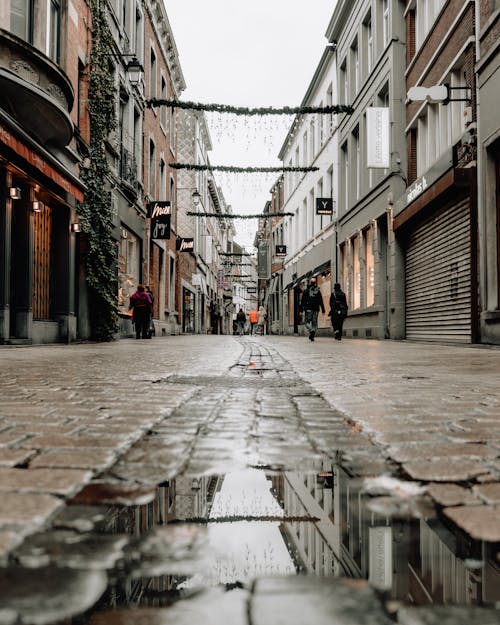Framing Streets - Questions
Framing Streets - Questions
Blog Article
Excitement About Framing Streets
Table of ContentsAbout Framing StreetsExcitement About Framing StreetsThe 9-Second Trick For Framing StreetsFraming Streets Things To Know Before You Get ThisGetting My Framing Streets To WorkThe Main Principles Of Framing Streets
, normally with the objective of recording images at a crucial or poignant minute by careful framework and timing. https://www.openstreetmap.org/user/framingstreets1.
6 Simple Techniques For Framing Streets
Susan Sontag, 1977 Road photography can focus on people and their actions in public. In this regard, the street digital photographer resembles social docudrama professional photographers or photojournalists who additionally operate in public places, yet with the purpose of recording newsworthy occasions. Any one of these digital photographers' images may record individuals and residential or commercial property visible within or from public locations, which commonly requires browsing moral issues and regulations of privacy, safety and security, and building.
Representations of daily public life create a genre in practically every duration of globe art, beginning in the pre-historic, Sumerian, Egyptian and early Buddhist art durations. Art dealing with the life of the street, whether within views of cityscapes, or as the leading motif, appears in the West in the canon of the Northern Renaissance, Baroque, Rococo, of Romanticism, Realistic look, Impressionism and Post-Impressionism.
Fascination About Framing Streets
Louis Daguerre: "Boulevard du Temple" (1838 or 1839) In 1838 or 1839 the first photograph of figures in the street was taped by Louis-Jacques-Mand Daguerre in one of a set of daguerreotype views taken from his studio home window of the Blvd du Temple in Paris. The second, made at the elevation of the day, reveals an unpopulated stretch of street, while the other was taken at regarding 8:00 useful site am, and as Beaumont Newhall records, "The Boulevard, so constantly loaded with a moving crowd of pedestrians and carriages was flawlessly solitary, except a person who was having his boots combed.
, who was influenced to embark on a comparable documents of New York City. As the city developed, Atget assisted to promote Parisian roads as a worthwhile subject for photography.

Framing Streets Fundamentals Explained
Martin is the initial videotaped photographer to do so in London with a masked electronic camera. Mass-Observation was a social research organisation founded in 1937 which aimed to videotape daily life in Britain and to videotape the reactions of the 'man-in-the-street' to King Edward VIII's abdication in 1936 to wed separation Wallis Simpson, and the sequence of George VI. Andre Kertesz.'s commonly admired Images la Sauvette (1952) (the English-language edition was entitled The Decisive Moment) promoted the idea of taking a picture at what he termed the "decisive moment"; "when type and material, vision and structure merged right into a transcendent whole" - Sony Camera.
The Single Strategy To Use For Framing Streets
The recording machine was 'a covert camera', a 35 mm Contax concealed under his layer, that was 'strapped to the chest and linked to a lengthy cable strung down the appropriate sleeve'. His job had little modern impact as due to Evans' sensitivities about the creativity of his task and the privacy of his topics, it was not published until 1966, in the publication Many Are Called, with an introduction created by James Agee in 1940.
Helen Levitt, then an instructor of young kids, related to Evans in 193839. She documented the transitory chalk drawings - Lightroom presets that became part of children's street culture in New york city at the time, as well as the children who made them. In July 1939, Mo, MA's brand-new photography section included Levitt's operate in its inaugural exhibitRobert Frank's 1958 book,, was significant; raw and usually out of focus, Frank's pictures questioned conventional digital photography of the time, "challenged all the official policies set by Henri Cartier-Bresson and Pedestrian Evans" and "contradicted the wholesome pictorialism and sincere photojournalism of American magazines like LIFE and Time".
Report this page